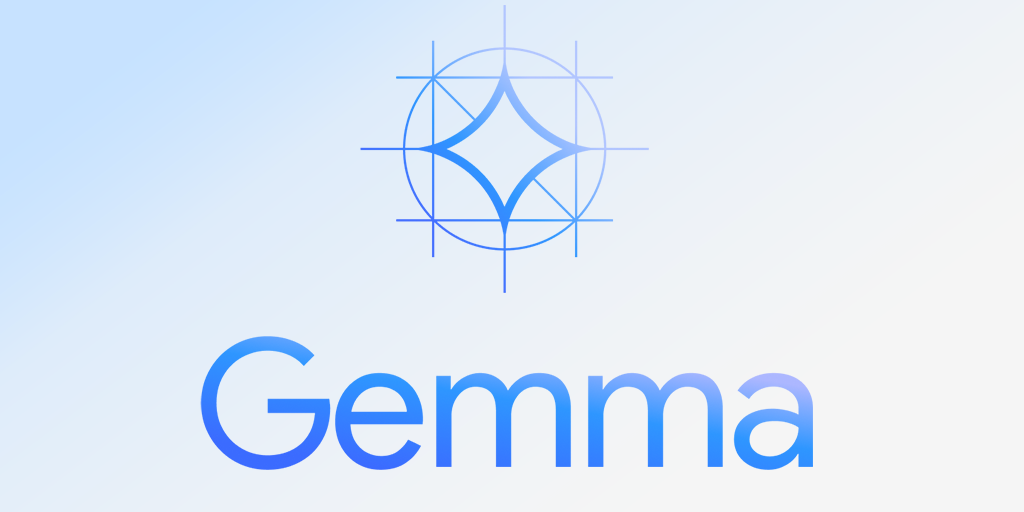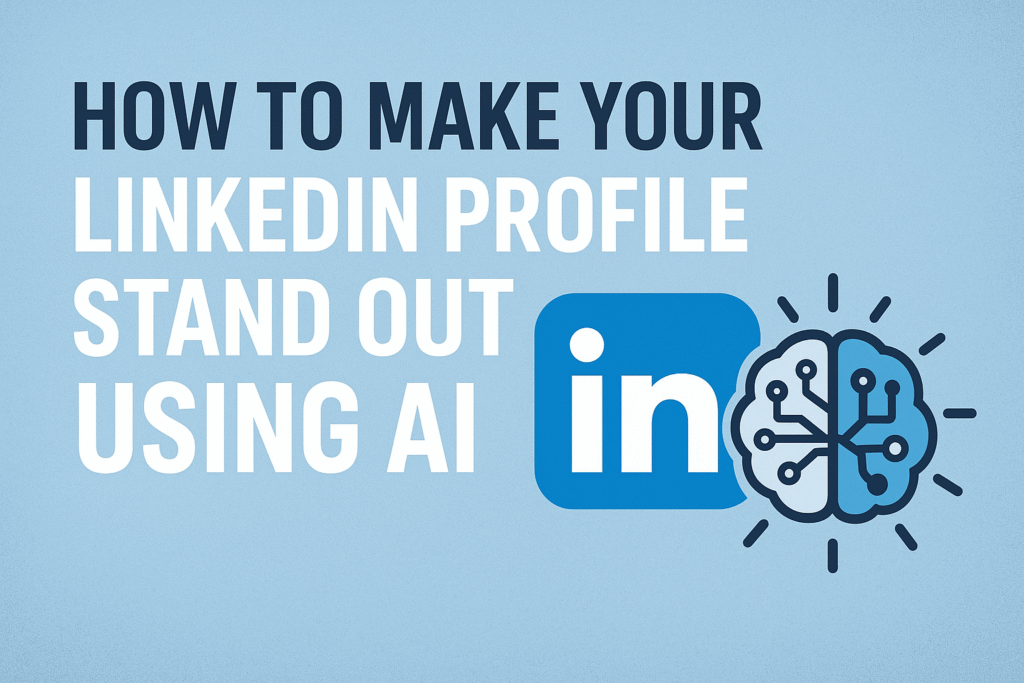What is Google’s Gemma?
Google’s Gemma is a lightweight, open AI language model created by Google’s DeepMind team. Think of them as streamlined, efficient versions of the larger, more complex Gemini models. They’re designed to work on regular devices such as your laptop, phone, or even small server setups rather than massive data centres.
The key idea behind Gemma is accessibility. While most cutting-edge AI models require supercomputers or expensive cloud services, Gemma makes powerful AI more reachable for everyday developers, small businesses, and even personal use. In a way, it “shrinks” the intelligence of massive models into a form that runs smoothly on much smaller machines.
What makes it stand out is its open nature. Google didn’t just build Gemma for itself. It also made the model weights freely available, meaning anyone can download, fine-tune, and use it commercially. This move has opened doors for developers who want cutting-edge AI without being locked into a single platform.
Key Features of Gemma
- Multimodal & multilingual: It supports both text and images, handles 128,000-token context windows (extremely long inputs), and understands over 140 languages.
- Highly efficient deployment: Gemma is built for small-scale, on-device usage. For instance, the tiny Gemma 3 270M model runs on just 0.75% of a Pixel 9 Pro’s battery for 25 conversations meaning super energy-efficient and ideal for mobile or low-power environments.
- Open access and fine-tuning ready: Model weights are open, and you can fine-tune Gemma using popular frameworks or Google’s Vertex AI, making it easily adaptable to your own tasks.
- Strong benchmark performance: Gemma 3, especially its 27B variant, outperforms larger or similarly sized models like Llama 3, DeepSeek-V3, and o3-mini while using far less computational power.
- Specialized variants for niche tasks: Beyond the general models, Google offers versions like MedGemma (medical), ShieldGemma (content moderation), CodeGemma (coding tasks), and even DolphinGemma (for dolphin communication) tailored to specific and advanced use cases.
Why Gemma Stands Out Compared to Competitors?
- Ultra-efficient, high-performance on minimal hardware: Gemma 3’s 27B model can outperform larger rivals while running on a single GPU, a rare feat. And the compact 270M model runs effortlessly on phones.
- Truly open and accessible: Unlike many closed-source models (e.g., Gemini, GPT-4), Gemma’s weights are publicly available, fostering innovation and broad adoption among developers and enterprises.
- Wide applicability and flexibility: With multiple sizes, modalities, and specialised versions, plus support for fine-tuning, Gemma adapts to a huge variety of tasks and devices from on-device apps to cloud deployments.
- Exceptional long-context and multilingual capability:
With 128K token context windows and support for 140+ languages, Gemma 3 takes context understanding and global coverage to levels few competitors match. - Optimized for modern compute landscapes:
Its efficient design reduces reliance on large GPU clusters. This has industry-wide implications (e.g., easing strain on GPU demand). Thus, making Gemma both cost-effective and scalable.
English, French, Russian, Spanish, Chinese, Hindi, Arabic
Gemma is an open-source AI model family created by Google DeepMind, designed to give everyone access to cutting-edge generative AI. It can understand and generate both text and images, making it useful for a wide variety of creative and technical tasks. With model sizes ranging from 270M to 27B parameters, Gemma is built for flexibility.
You can run it on a laptop, a single GPU, or scale it in the cloud, making it equally friendly to beginners and advanced developers. Plus, its quantized versions deliver faster results with lower compute power.
What sets Gemma apart is its balance of performance, safety, and openness. It performs on par with much larger competitors, comes with in-built safety tools, and remains open for the community to experiment, fine-tune, and deploy anywhere. In short, it’s AI made accessible.
2024
London, United Kingdom
Google Deepmind
Google Gemma is not just another AI model—it’s a whole family of smart, lightweight models designed to fit your workflow. Whether you’re a student, developer, researcher, or entrepreneur, Gemma gives you the power of Google’s AI research in a package you can actually use.
Unlike bulky AI systems that demand heavy infrastructure, Gemma is optimized to run on your everyday devices. It’s fast, efficient, and surprisingly easy to integrate. That means you don’t need massive servers or endless budgets—you can start experimenting, building, and deploying right away.
One of Gemma’s biggest strengths is flexibility. From handling text and images to supporting 140+ languages, it adapts to your needs. Add in its massive 128K token context window and you can work with huge documents, long conversations, or complex projects without worrying about memory cutoffs.
And, because it’s from Google DeepMind, safety comes built-in. ShieldGemma ensures content is filtered and risks are minimized. That makes Gemma not just powerful, but also a responsible choice, so you can innovate without the fear of unsafe AI outputs.
Free Plan (Open Source)
$0
LifetimeGoogle AI Studio Trial
Free Quota Only
LifetimePaid Google AI Studio Usage Plan
$0.30 per 1M tokens
MonthlyWhat is Google's Gemma?
What is the difference between Google Gemini and Gemma?
Both models are born from the same cutting-edge research, but they’re designed for very different missions. Think of it as Google offering both a high-performance Ferrari (Gemini 2.0) and a versatile, accessible everyday vehicle Toyota (Gemma 3) — both impressive in their own right, but built for different roads.
Is Google Gemma free for commercial use?
Gemma models are provided with open weights and permit responsible commercial use, allowing you to tune and deploy them in your own projects and applications.
What is Gemma used for?
Gemma is used for natural language processing (NLP) and natural language understanding tasks, including: Building conversational AI assistants and chatbots.
Where can I access Gemma models and resources?
Gemma models are available on platforms like Kaggle and Hugging Face. Documentation is available on the Google AI for Developers website. Google Cloud offers credits for first-time users, with more for researchers.
Gemma is Google’s family of open-source AI models designed for text and (in larger versions) image understanding. It’s lightweight, efficient, and available in multiple sizes (270M → 27B) for research and real-world use. Gemma offers long context windows, multilingual support, and function calling for app integrations. Unlike Gemini (Google’s premium model), Gemma is free, open, and developer-friendly.
Pros
- Open-source: flexible for research and customization.
- Lightweight variants: run locally on laptops or even mobile.
- Large context window: p to 128K tokens for deep analysis.
- Multilingual Support: Supports 140+ languages with solid performance.
- Safe and well-aligned: ShieldGemma is perfectly aligned for content filtering.
Cons
- No audio or video support: can’t handle speech, sound, or moving visuals.
- Image understanding only in larger models: smaller models are text-only.
- Not beginner-friendly: needs technical setup (APIs, coding, integrations).
- Fewer built-in tools: no direct UI for presentations, charts, or creative design.
- Weaker general polish compared to commercial AI (Gemini, ChatGPT): less out-of-the-box usability.
Final Verdict
Gemma is perfect for developers, researchers, and educators who want open-source, efficient AI with strong text and some image capabilities. It may not suit casual users looking for a ready-made assistant, but for those who want control + flexibility without heavy costs, Gemma is one of the best choices today.
 CA Tushar Makkar
CA Tushar Makkar









